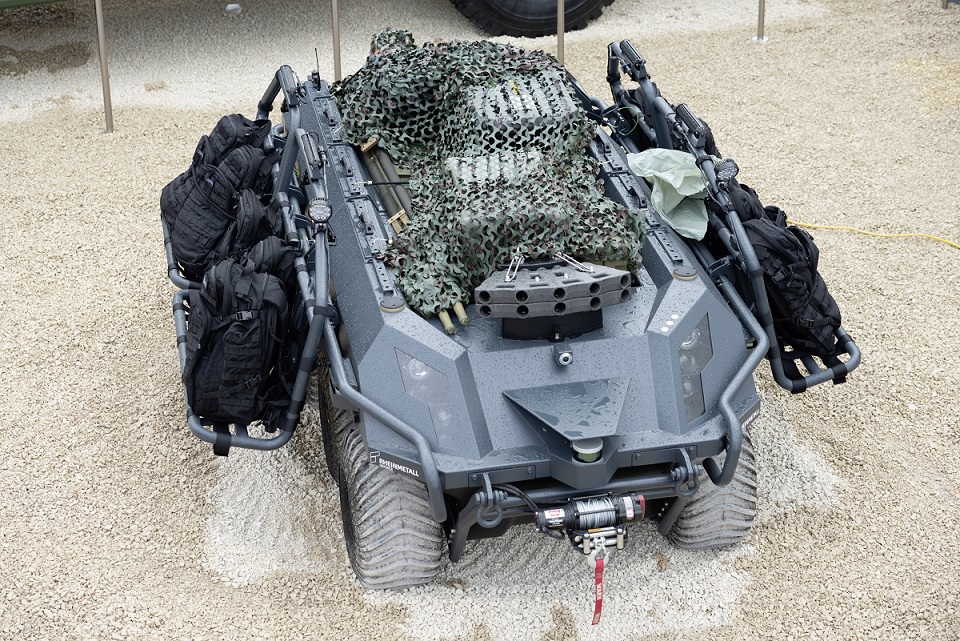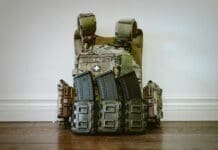This post is also available in:
 עברית (Hebrew)
עברית (Hebrew)
Unmanned ground vehicles can be used in convoys to haul fuel, water, and equipment, or
help infantry soldiers by carrying heavy weapons. A Raytheon-Lockheed Martin team recently fired an anti-tank missile from a small UGV built by QinetiQ and Milrem Robotics, the Titan.
However, the problem is that it’s tough to drive fast if you know your camera feed is traveling on a network with significant latency, too easy to miss a corner, get stuck in a ditch, hit a tree or your own troops. Network latency causes operators to adopt a “move and wait” style of driving, which is too slow to be useful in many situations.
An Army laboratory in Michigan was recently issued a US patent for a predictive video display algorithm that enables high-speed operation of unmanned ground vehicles, a technology area known as teleoperation.
Dr. Mark Brudnak from the Army’s CCDC Ground Vehicle Systems Center, invented a new system based on an algorithm that splits the video image, transforms the perspective, and stitches it back together to give an accurate point of view to the operator “in the most natural way.”
Through technology transfer, private businesses can leverage the Army’s research and development work to integrate this and other military inventions into their own products and services, such as in self-driving cars, as reported by techlinkcenter.org.

























